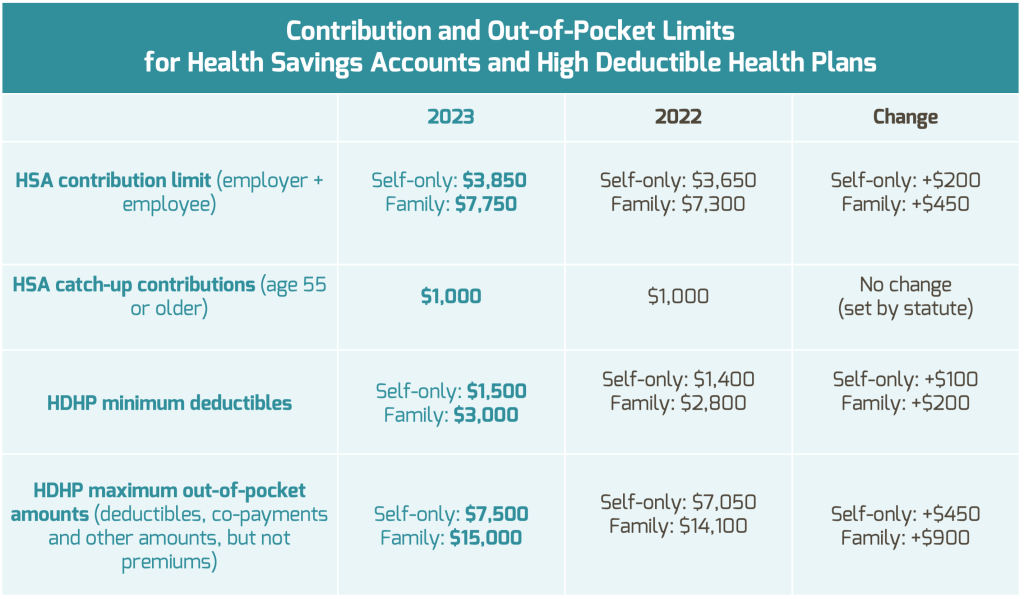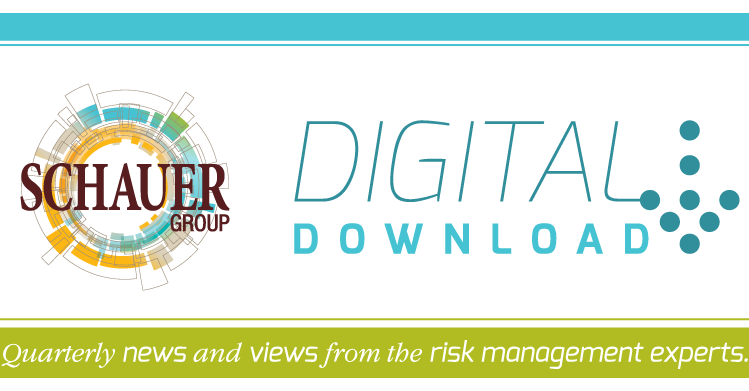Recently, the IRS released Revenue Procedure 2022-24 to provide the inflation-adjusted limits for health savings accounts (HSAs) and high deductible health plans (HDHPs) for 2023. The IRS is required to publish these limits by June 1 of each year.
The limits include:
- The maximum HSA contribution limit
- The minimum deductible amount for HDHPs
- The maximum out-of-pocket expense limit for HDHPs
These limits vary based on whether individuals have self-only or family coverage under an HDHP.
AT A GLANCE

Eligible individuals with self-only HDHP coverage will be able to contribute $3,850 to their HSAs for 2023, up from $3,650 for 2022. Eligible individuals with family HDHP coverage will be able to contribute $7,750 to their HSAs for 2023, up from $7,300 for 2022. Individuals aged 55 or older may make an additional $1,000 “catch-up” contribution to their HSAs. The adjusted contribution limits for HSAs take effect as of Jan. 1, 2023.
The minimum deductible amount for HDHPs increases to $1,500 for self-only coverage and $3,000 for family coverage for 2023 (up from $1,400 for self-only coverage and $2,800 for family coverage for 2022). The HDHP maximum out-of-pocket expense limit increases to $7,500 for self-only coverage and $15,000 for family coverage for 2023 (up from $7,050 for self-only coverage and $14,100 for family coverage for 2022). The adjusted HDHP cost-sharing limits take effect for the plan year beginning on or after Jan. 1, 2023.
ACTION STEPS
Employers that sponsor HDHPs should review their plan’s cost-sharing limits (minimum deductibles and maximum out-of-pocket expense limit) when preparing for the plan year beginning in 2023.
Also, employers who allow employees to make pre-tax HSA contributions should update their plan communications for the increased contribution limits.
Questions? Contact our team.






